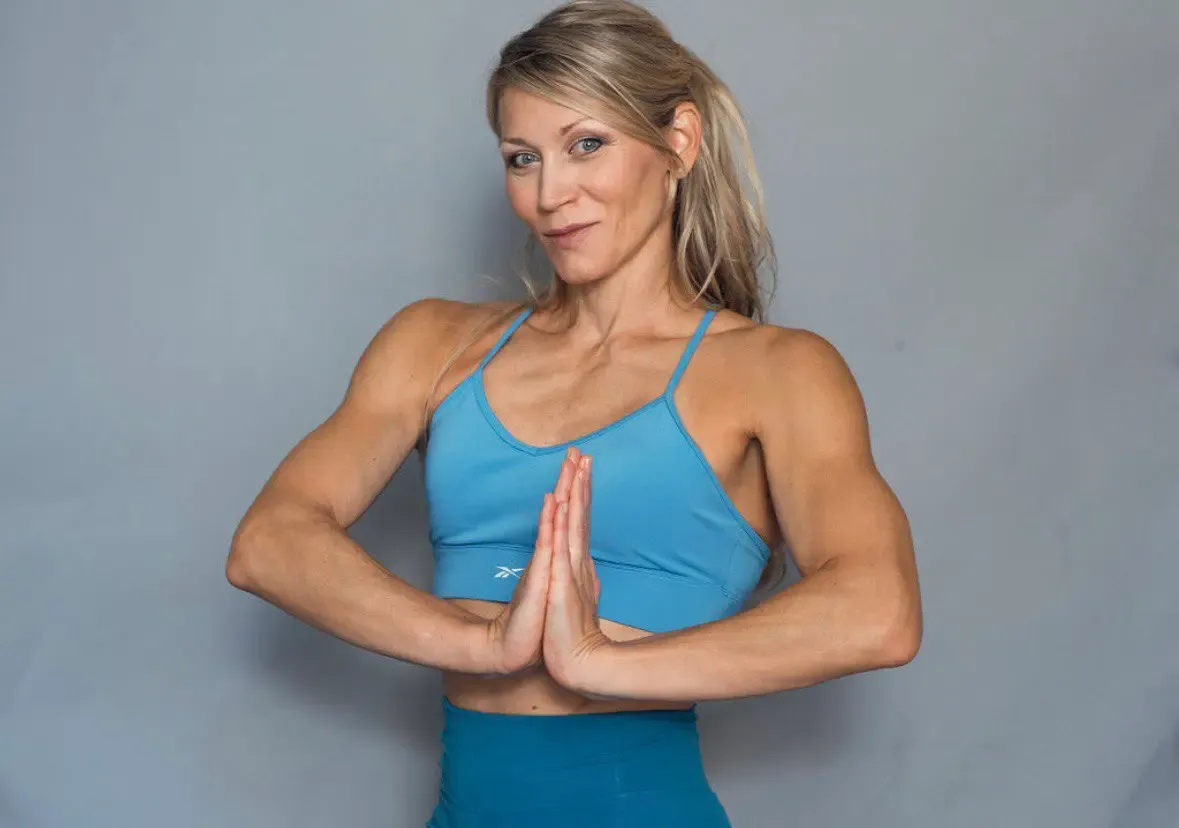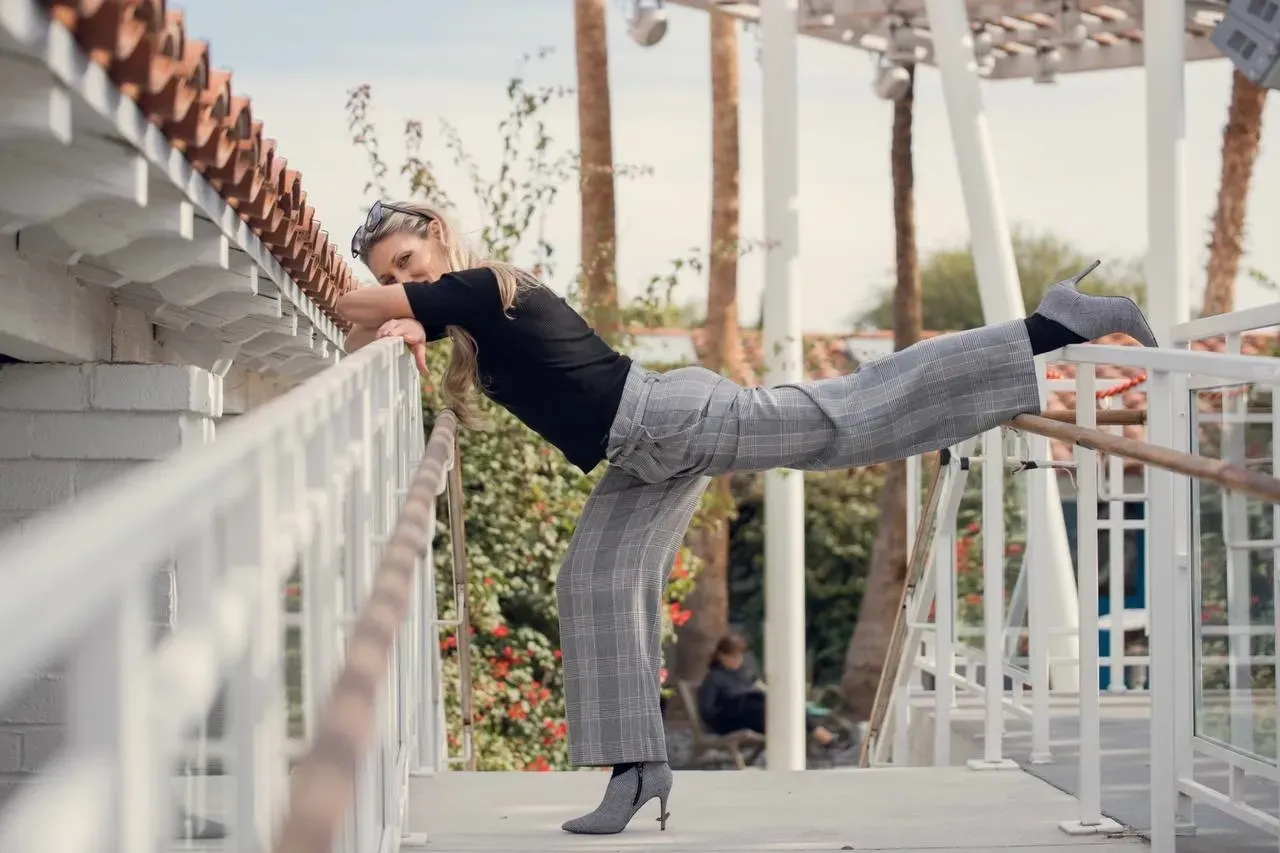
There are more than 300 joints in the human body, differing in shape, structure, and function. All of them are nourished by synovial fluid. There is no doubt that each one is important and unique. To maintain their health, movement is essential. A sedentary lifestyle is a global problem that affects not only the elderly but also young people. That’s why it is so important to ensure the functionality of the joints. The earlier a person understands this and takes action, the longer they will remain healthy, flexible, and mobile.
Chronic joint pain has become a norm for many, but that doesn’t make it any more pleasant. One should not get used to discomfort—it’s better to find ways to eliminate it.
What to Do When Joints Hurt?
Joint pain can strike a person suddenly and may occur in different parts of the body. Several factors contribute to its onset: weight, age, injuries, excessive strain, various illnesses, and, of course, a sedentary lifestyle. Anyone experiencing cracking, pain, or other discomfort in their joints should thoroughly understand the causes and start correcting the issues.
How Does Discomfort Manifest?

Pain can occur in various parts of the body: hands, hips, knees, legs, spine. It varies in intensity and may be constant, disappear, or appear over time.
During flare-ups, a joint may feel stiff, inflamed, painful, with sensations of burning, grinding, or throbbing. It often feels tense in the morning and relaxes during movement. However, excessive activity can worsen the pain. Why is this dangerous? Unpleasant sensations limit joint functionality and a person’s ability to lead a full life. Therefore, it is important not only to eliminate the discomfort but also to restore function.
According to statistics, joint pain often affects those who:
- have sustained a joint injury;
- have excessively and improperly strained their muscles for a long time;
- have a history of arthritis, gout, viral infections, depression, or other diseases, as well as being overweight.
One of the key factors is age, which is understandable: over the years, joints wear out just like the body as a whole.
Treatment Methods
Non-drug treatments should be used with caution. Even if they seem minor at first glance, they can still cause harm.
There are many ways to manage joint pain on your own, but their use is not always justified. The choice depends on the intensity:
- Self-massage: suitable for mild joint pain;
- Gels and other topical medications: work locally, provide quick but short-term relief;
- Tablets: act faster than gels but have many side effects since they pass through other organs and systems before reaching their target;
- Exercise: the most optimal way to relieve joint pain without harming the body. It helps not only joints but the whole body function correctly. Moreover, this method does not have hidden negative consequences or side effects that might appear later.
Physical activity helps restore strength and performance. Swimming, walking, physical therapy exercises, or fitness workouts with a properly calculated load work best. Those engaged in intense training or serious sports will need to modify their routines.
Fitness and the “New Life” of Joints: How Are They Connected?
Fitness requires willpower, so those who train regularly deserve praise. If someone feels discomfort in their joints, they should exercise under the close supervision of an experienced trainer.
Muscles must be trained in three planes:
- Sagittal;
- Frontal;
- Transverse.
It is crucial for the joint to be protected during movement in any plane. Workouts can vary, but they all pursue one goal: to restore joint mobility and muscle endurance. Proper exercise technique must be followed, as only then will there be positive results.
The Connection Between Fitness and Joint Function Is Obvious: thanks to regular workouts, you can shed years from your life—not necessarily reflected in your face, but definitely in how you feel.
Exercise – The Best Solution for Joint Pain
The structure of a joint determines the approach to training. Many joints, such as the sacroiliac joint, need to remain more stable. The hip and shoulder joints, on the contrary, require regular movement.
When selecting a set of exercises, one must consider not only the location of the joint but also other factors. For example, in cases of injury or cartilage tear, comprehensive recovery is extremely important. Workouts should target the strengthening of different muscle groups that support the proper positioning of the bone in the joint. Ligaments also deserve attention, as they are responsible for the correct connection of bones.
How to Train and Nourish Ligaments
Ligaments are rightly named—they are the connective link between joints and bones. It is important to nourish and train them properly. For this, one should consume foods containing gelatin (hydrolyzed collagen). This component is the main structural element of connective tissue. To nourish ligaments, the diet should also include vitamins A, D, C, and E.
There are many physical exercises aimed at strengthening the ligament-joint apparatus. Their primary goal is to provide static load on specific tendons and ligaments.

A Proven Formula for Joint Pain: Joint Mobility + Muscle Strength Training
The key rule to always remember when training joints is: "Do no harm."
- If a joint is healthy, training should focus on mobility—maintaining full or maximum range of motion.
- For an injured joint, the range of motion should be gradually increased. When this range is reduced, compensation by other muscles may occur, leading to impaired movement biomechanics.
- Muscles should be trained in three planes: sagittal, frontal, and transverse. This allows for protection of more joints in the body.
- To prevent joint pain, prevention and increased movement—not just during workouts but in daily life—is essential.
- The key to effective results is a combination of joint exercises in different planes: sagittal, horizontal, and frontal.

Functioning of the Knee Joint in Three Planes
The formula for success, when it comes to joint health, is quite simple: joint mobility + muscle strength training. An experienced fitness trainer will help properly dose these “elements.”
Be beautiful and confident — your fitness trainer, Alevtina Titarenko 😉